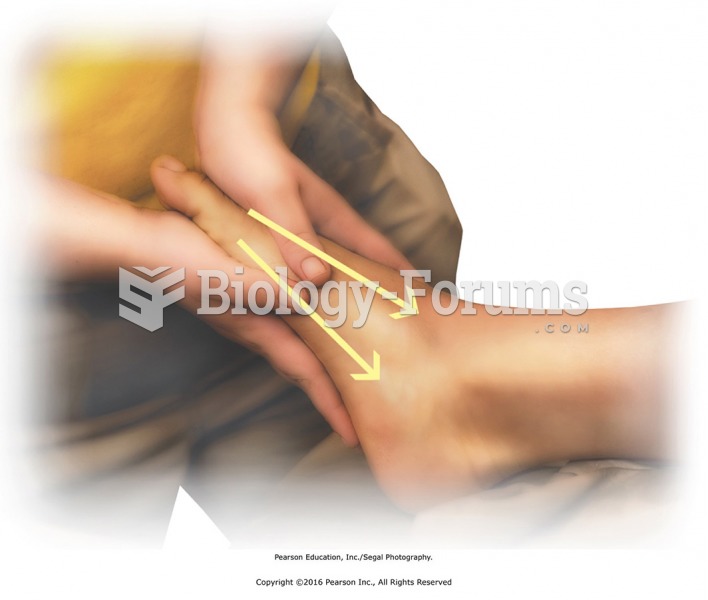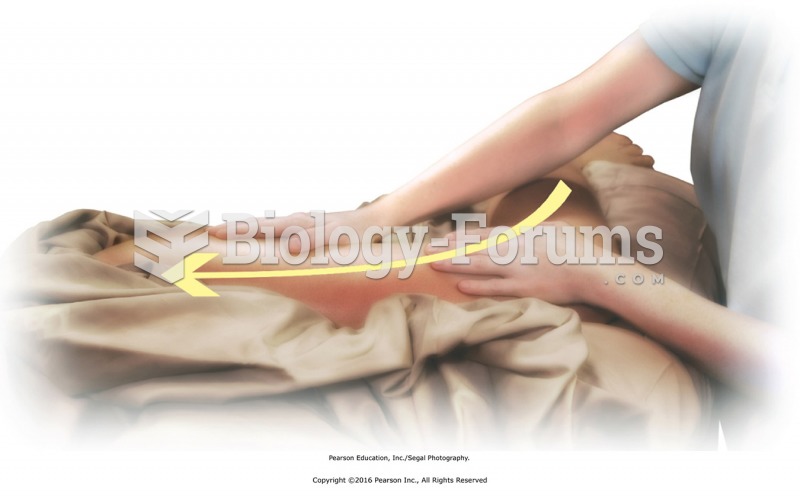|
|
|
The people with the highest levels of LDL are Mexican American males and non-Hispanic black females.
An identified risk factor for osteoporosis is the intake of excessive amounts of vitamin A. Dietary intake of approximately double the recommended daily amount of vitamin A, by women, has been shown to reduce bone mineral density and increase the chances for hip fractures compared with women who consumed the recommended daily amount (or less) of vitamin A.
Giardia is one of the most common intestinal parasites worldwide, and infects up to 20% of the world population, mostly in poorer countries with inadequate sanitation. Infections are most common in children, though chronic Giardia is more common in adults.
By definition, when a medication is administered intravenously, its bioavailability is 100%.
Pubic lice (crabs) are usually spread through sexual contact. You cannot catch them by using a public toilet.
 (A) The name and shape of the adult teeth. These teeth represent those found in the right side of th
(A) The name and shape of the adult teeth. These teeth represent those found in the right side of th
 Select the proper adapter for the compression gauge. The threads on the adapter should match those ...
Select the proper adapter for the compression gauge. The threads on the adapter should match those ...





